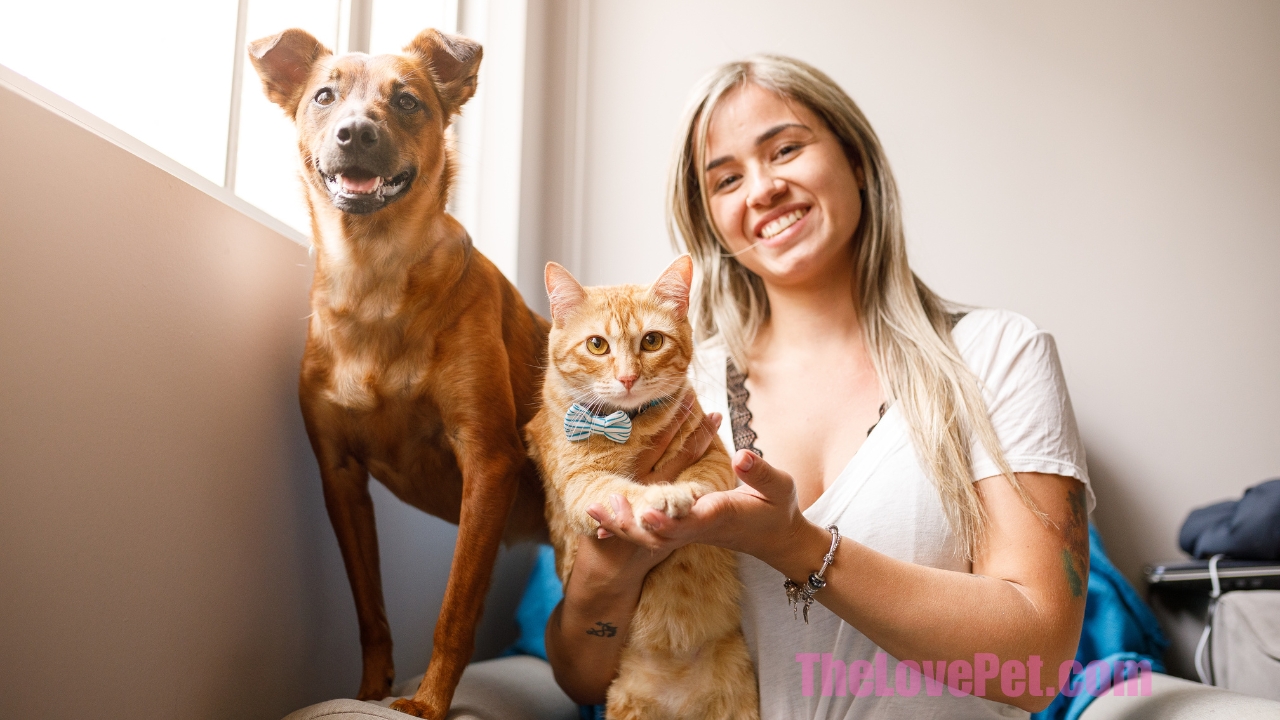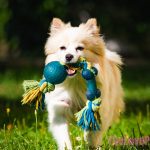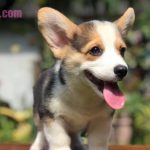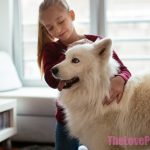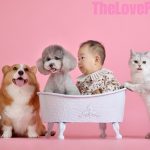Overview of Bearded Dragons
Bearded dragons are medium-sized lizards that originate from Australia. They get their name from the spiny protrusions under their throat that they can flare out to appear larger when threatened. Bearded dragons have become very popular pets due to their calm temperaments, unique appearances, and relatively easy care requirements.
Reasons Why Bearded Dragons Make Good Pets
They Have Calm Temperaments
Bearded dragons are known for being gentle, chilled out reptiles. They rarely bite or scratch, even when being handled. Their calm demeanor makes them a good choice for families with children or first-time reptile owners.
Minimal Space Requirements
An adult bearded dragon only requires a 40-75 gallon tank, which is modest compared to many other reptile pets. This makes them a good choice for those with limited space.
Simple Care Needs
Caring for a bearded dragon is relatively straightforward compared to other exotic pets. They require daily feeding of insects and vegetables, proper lighting and heating, and weekly tank cleanings. Their care is easier than many mammals.
Interactive Reptiles
Bearded dragons are unusually interactive for reptiles. They can recognize their owners and enjoy being handled when tamed. Many even seem to “wave” or nod in response to their owners.
Potential Downsides of Bearded Dragon Ownership
Require Specialized Housing
Bearded dragons need large, escape-proof enclosures with proper lighting and heating. The initial setup can be expensive for first-time owners.
Live Food Requirements
Bearded dragons eat a diet of live insects, like crickets and worms. Breeding or purchasing live food can be inconvenient compared to owning pets that eat commercial diets.
Potential Health Issues
Like all exotic pets, bearded dragons can develop health issues related to things like improper nutrition, lighting, and substrate. Vet care for reptiles can also be challenging to find and expensive.
Conclusion
Overall, bearded dragons can make excellent pets for the right owners. Their relatively small size, calm temperaments, and straightforward care make them a popular choice. However, potential owners need to be prepared for the live food requirements, specialized housing, and potential health issues. With proper research and preparation, bearded dragons can be rewarding lifelong pets.
Elaborating on Bearded Dragon Care Requirements
Here is some additional information on providing proper care for a bearded dragon:
Enclosure Size
Baby bearded dragons can start in a 20-gallon tank but will quickly need a larger enclosure as they grow. Aim for at least a 4 ft x 2 ft tank for adults. Proper tank size helps maintain temperature gradients and give them enough room to move around.
Proper Lighting
In addition to heat lamps, bearded dragons require special UVB lighting to synthesize vitamin D3. Reptile-specific linear fluorescent or mercury vapor bulbs should be used and replaced every 6 months.
Substrate Precautions
Loose substrates like sand can impact bearded dragons if accidentally ingested when eating. Safer options include reptile carpets, paper towels, or textured ceramic tiles.
Regular Tank Cleaning
A full tank cleaning to sanitize the enclosure and accessories should be done at least once a month. Spot clean feces daily and change water regularly.
Proper Humidity
Bearded dragons thrive in drier environments. Ideal tank humidity is between 30-40%. Monitor levels and adjust misting as needed.
Socialization
Regular handling and interaction helps socialize bearded dragons. Let them explore supervised outside their enclosure as well.
Potential Health Issues
Metabolic Bone Disease
Improper lighting leads to calcium deficiencies. Symptoms include twitching, lethargy, and deformities.
Respiratory Infections
Poor tank hygiene can cause bacterial or fungal infections. Signs include discharge, labored breathing, and swelling.
Mouth Rot
Bacterial infection of the mouth causing cheesy deposits, redness, and difficulty eating.
#FAQ #Update #AdditionalContent
Is Owning Bearded Dragons as Pets a Wise Choice? The Ultimate Response
**Questions:**
1. Why are bearded dragons considered good pets?
2. What is the life expectancy of a bearded dragon with proper care?
3. How easy is it to care for a bearded dragon?
4. Do bearded dragons show affection to their owners?
5. What is the cost of owning a bearded dragon?
**Answers:**
1. Bearded dragons are considered good pets because they have a peaceful and calm temperament, a good life expectancy of 8-15 years with proper care, are easy to care for, intelligent, and can show signs of affection towards their owners.
2. With proper care, bearded dragons can live to be 8-15 years old.
3. Caring for bearded dragons is simple; it involves creating the right habitat environment, providing proper diet and clean water, and regular cleaning, which is not very time-consuming.
4. Yes, bearded dragons can show signs of affection by snuggling into their owners’ necks or chests and may even fall asleep in their presence.
5. Initially, setting up a terrarium for a bearded dragon can cost between $200 to $600, but they are generally affordable to maintain in terms of food and veterinary care.
You can find the full post here
#FAQ #Update #AdditionalContent
Exploring the Advantages and Disadvantages of Bearded Dragons as Pets
**Questions:**
1. What are the pros of owning a bearded dragon as a pet?
2. How long do bearded dragons typically live?
3. What does a bearded dragon’s appearance look like?
4. What are the cons of owning a bearded dragon as a pet?
5. What are the specific diet requirements for bearded dragons?
**Answers:**
1. Pros of owning a bearded dragon as a pet include their calm and quiet nature, friendliness, affordability, long lifespan, and their resemblance to real-life dragons.
2. Bearded dragons can live from 8 to 14 years, making them long-term companions.
3. Bearded dragons have a variety of appearances, with sandy brown or tan colors being common, but selective breeding has produced diverse colors and patterns called morphs.
4. Cons of owning a bearded dragon include the specific diet requirements, the need for special lighting and heating in their tank, the solitary nature of these reptiles, the risk of contracting Salmonella, and the smell associated with their waste.
5. Bearded dragons require a balanced diet of roughly 75% insects and 25% vegetation when young, which flips to about 75% plants and 25% meat as they age. They also need vitamin and calcium supplements to prevent metabolic bone disease.
You can find the full post here
#FAQ #Update #AdditionalContent
Exploring the Suitability of Bearded Dragons as Pets: Pros and Cons Discussed | Pet Keen
**Questions:**
1. What are the essential requirements for keeping a bearded dragon as a pet?
2. What are the positive aspects of owning a bearded dragon as a pet?
3. What are the negative aspects of owning a bearded dragon as a pet?
4. How big do bearded dragons typically grow?
5. What is the challenge associated with providing proper lighting for bearded dragons?
**Answers:**
1. To keep a bearded dragon as a pet, you will need an appropriate enclosure, heating, lighting, a specific diet, and suitable decorations.
2. Positive aspects of owning a bearded dragon as a pet include their manageable size, ease of handling, relatively simple feeding requirements, quick growth to maturity, and adaptability to humidity levels.
3. Negative aspects of owning a bearded dragon as a pet include the challenge of providing proper lighting, their voracious appetite, their tendency to be messy, the potential for parasite infestation, and their space requirements.
4. Bearded dragons typically grow to around 2 feet in length, with half of this length being their tail.
5. Providing proper lighting, including a constant source of UVB light, is a challenge for bearded dragon owners, as it requires multiple lamps and a day/night cycle matching their natural habitat.
You can find the full post here
